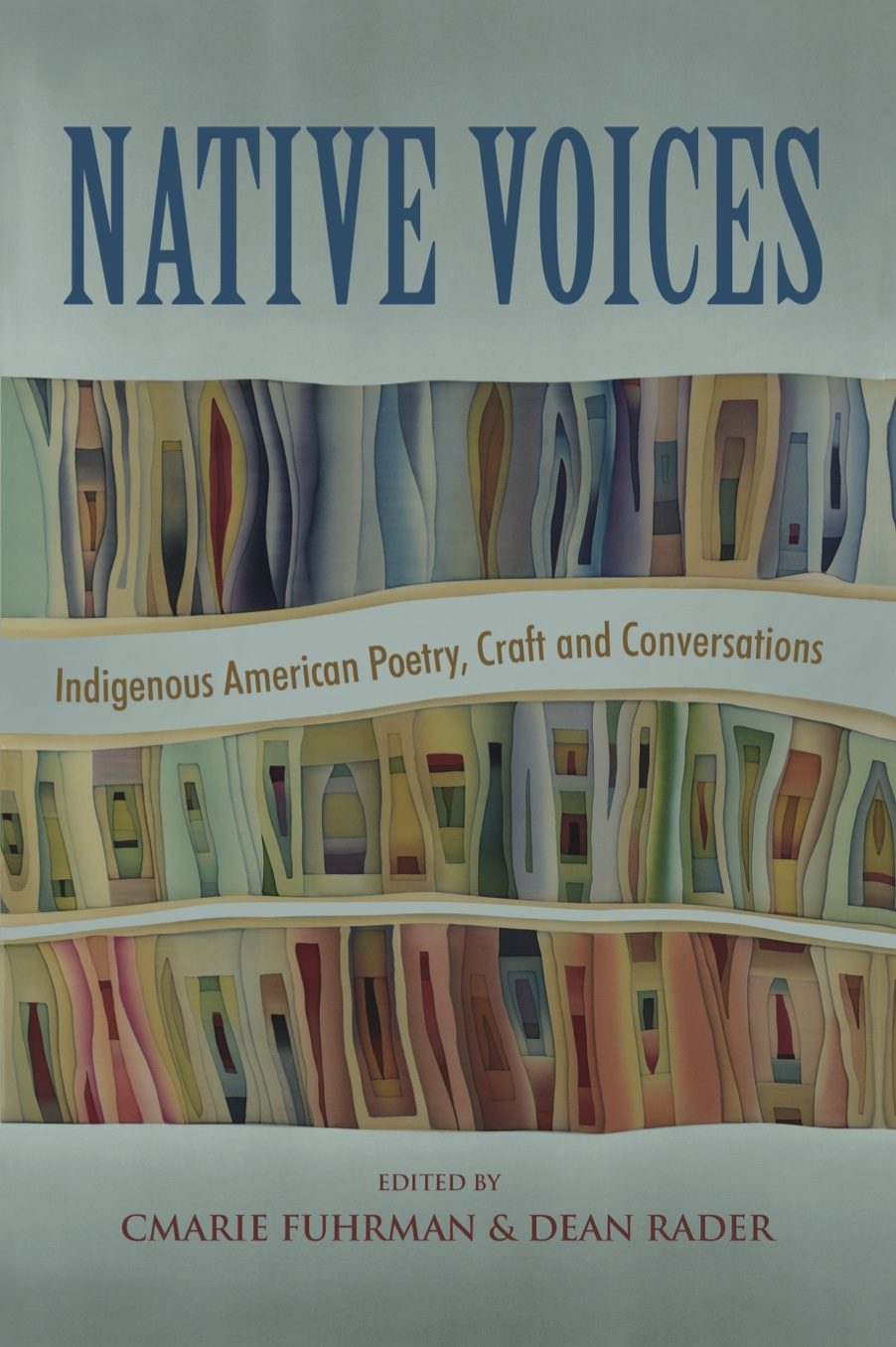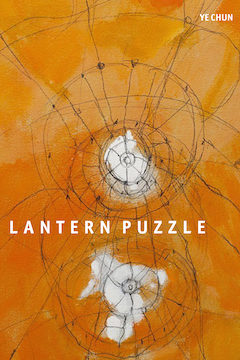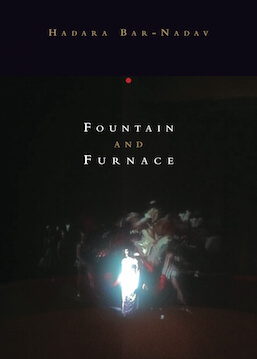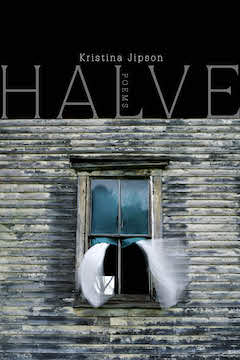Native Voices: Indigenous American Poetry, Craft and Conversations
by CMarie Fuhrman and Dean Rader
$32.95
In this groundbreaking anthology of Indigenous poetry and prose, Native poems, stories, and essays are informed with a knowledge of both what has been lost and what is being restored. It presents a diverse collection of stories told by Indigenous writers about themselves, their histories, and their present. It is a celebration of culture and the possibilities of language, in conversation with those poets and storytellers who have paved the way. A truly synergetic collection of contemporary and early Native voices.
Format: Paperback
Published: April 2019
Interviews & Reviews:
“The Native nations held within the pages of Native Voices: Indigenous American Poetry, Craft and Conversation share their minds and leave a trail of their spiritual journey…”-Erik Bitsui, Waxwing
 “In this groundbreaking anthology of Indigenous poetry and prose, Native poems, stories, and essays are informed with a knowledge of both what has been lost and what is being restored…”-Midwest Book Review
“In this groundbreaking anthology of Indigenous poetry and prose, Native poems, stories, and essays are informed with a knowledge of both what has been lost and what is being restored…”-Midwest Book Review
 “The depth of my thinking and the toolkit of craft was so rich after reading these offerings…”-Kristina Marie Darling, Kenyon Review
“The depth of my thinking and the toolkit of craft was so rich after reading these offerings…”-Kristina Marie Darling, Kenyon Review
 “This is clearly a sociopolitical moment in which elevating the voices of historically marginalized communities is vitally important…”–Omniverse
“This is clearly a sociopolitical moment in which elevating the voices of historically marginalized communities is vitally important…”–Omniverse
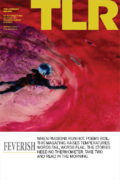 “Native Voices: Indigenous American Poetry, Craft and Conversations should be on your shelf, your reading list, or your syllabus — or even all three.”-P. Joshua Laskey, The Literary Review
“Native Voices: Indigenous American Poetry, Craft and Conversations should be on your shelf, your reading list, or your syllabus — or even all three.”-P. Joshua Laskey, The Literary Review
Out of stock
“Fuhrman has helped create a resource for classes…but also for lovers of poetry and the written word.” —Ruckus Editor Rachel Hergett, Bozeman Daily Chronicle. Read the full interview here.
“Generations of Poetry Bound Together”: A Conversation with NATIVE VOICES Co-Editors CMarie Fuhrman & Dean Rader, Kenyon Review, May 13, 2019
“NATIVE VOICES invites us to immerse ourselves in the poems and essays of forty-four contemporary indigenous poets. Essays regarding writers who have influenced them add both background and gravitas.” —Mary Ellen Talley in Crab Creek Review
“I write from a continuous space of erasure. Poetry was the one way that I was able to hold onto…my history, geography, and language.” — Craig Santos Perez, contributor
In this groundbreaking anthology of Indigenous poetry and prose, Native poems, stories, and essays are informed with a knowledge of both what has been lost and what is being restored. It offers a diverse collection of stories told by Indigenous writers about themselves, their histories, and their present. It is a celebration of culture and the possibilities of language.
Featuring forty-four poets, including Ishmael Hope, Bojan Louis, Ruby Murray, Simon Ortiz, Leslie Marmon Silko, Luci Tapahonso, Joy Harjo, dg okpik, Sherwin Bitsui, Heid E. Erdrich, Layli Long Soldier, and Orlando White.
Original influence essays by Diane Glancy on Lorca, Chrystos on Audre Lorde, Louise Erdrich on Elizabeth Bishop, LeAnne Howe on W. D. Snodgrass, Allison Hedge Coke on Delmore Schwartz, Suzanne Rancourt on Ai, and M. L. Smoker on Richard Hugo, among others.
And, a selection of resonant work chosen from previous generations of Native artists.
“There really is no better anthology out there that collects indigenous poets publishing from 1960 to the present.” — Dean Rader, co-editor
Additional information
| Weight | 2.2 lbs |
|---|---|
| Dimensions | 6.5 × .5 × 9 in |
A Story of How a Wall Stands
by Simon J. Ortiz
At Aacqu, there is a wall almost 400 years old
which supports hundreds of tons of dirt and bones—
it’s a graveyard built on a steep incline—and
it looks like it’s about to fall down the incline
but will not for a long time.
My father, who works with stone,
says, “Tat’s just the part you see,
the stones which seem to be
just packed in on the outside,”
and with his hands puts the stone and mud
in place. “Underneath what looks like loose stone,
there is stone woven together.”
He ties one hand over the other,
fitting like the bones of his hands
and fingers. “That’s what is
holding it together.”
“It is built that carefully,”
he says, “the mud mixed
to a certain texture,” patiently
“with the fingers,” worked
in the palm of his hand. “So that
placed between the stones, they hold
together for a long, long time.”
He tells me those things,
the story of them worked
with his fingers, in the palm
of his hands, working the stone
and the mud until they become
the wall that stands a long, long time.
You can download the free lesson plan for Native Voices here.


